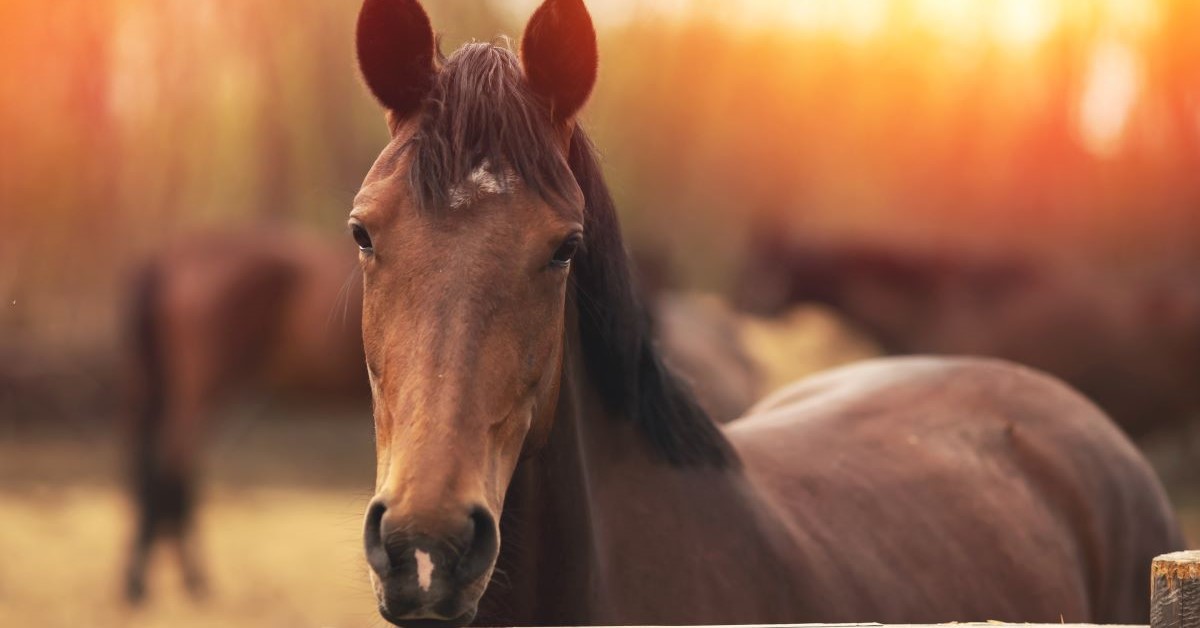
As cooler weather approaches, now is the perfect time to reassess equine health programs. Recently, our own Josie Solomon shared valuable insights on parasite management and fall nutrition strategies to set horses up for success through winter. Here are the key takeaways from her presentation.
Understanding Parasite Risks
Parasite control is never a one-size-fits-all approach. Certain horses—such as seniors, or those with metabolic disorders or PPID—often carry higher parasite egg counts due to weaker immune responses. Identifying these “high shedders” is essential to effective herd management. Of course, there are healthy horses that naturally are higher shedders, which may be perfectly normal for some horses.
Key Points on Deworming
- Resistance is real. All major dewormer classes have shown resistance in some capacity.
- Labels may be outdated. Product labels often cite research from decades ago, meaning effectiveness today may be lower.
- Testing matters. The only way to know what works on your farm is through pre- and post-fecal egg counts.
Non-Chemical Management Options
- Rotational grazing to interrupt parasite lifecycles.
- Cross-grazing with other livestock to break host cycles.
- Manure management to reduce pasture egg loads.
- Dragging pastures in hot, dry weather to expose eggs to damaging conditions (but remove horses while doing so).
- Avoid overstocking to minimize parasite pressure.
Parasite control should always be managed from a whole-herd perspective rather than treating individual horses in isolation.
Nutrition: Prepping for Winter
Once parasite loads are managed, nutrition becomes the next priority. Fall is the time to evaluate horses and adjust feeding programs before winter sets in.
Body Condition & Teeth
- Body condition scoring helps determine whether horses need to gain, lose, or maintain weight going into winter.
- Dental health checks are vital. Issues like worn teeth, slow chewing, or “quidding” (dropping chewed hay wads) can affect how well a horse utilizes and or consumes forage.
Horses with dental issues may struggle more when transitioning from lush summer pasture to dry hay. These horses often do better with chopped, cubed, or pelleted forage instead of long-stem hay.
Forage Testing and Hay Selection
Not all hay is created equal. Forage testing is very important to help understand nutrient content and tailor feeding programs.
Things to consider:
- Moisture levels for safe storage and palatability.
- Protein and digestibility for meeting nutritional needs.
- Non-structural carbohydrates (NSC) for metabolic horses.
- Caloric content for easy keepers vs. high-calorie-need horses.
👉 Tip: Always weigh your hay bales. Don’t assume they’re all 50 pounds—weights vary widely, and knowing the true weight helps with accurate feeding.
Transitioning from Pasture to Hay
One of the biggest fall mistakes is switching abruptly from pasture to hay. Gradual transitions, both in the fall and when introducing different cuttings of hay mid-winter is recommended. Slow changes help avoid digestive upset and maintain horse health.
Final Thoughts
Preparing horses for fall and winter requires a holistic approach—balancing parasite control with smart nutrition planning. By focusing on herd management, forage testing, body condition scoring, and thoughtful transitions, horse owners can set their animals up for a healthy, comfortable winter.
Hubbard provides a variety of feeds with different levels of calories and fiber. This will help accommodate different horse needs and help supplement various qualities of forage. With the added Alltech nutritional technologies, Hubbard horse feeds will also help promote fiber fermenting bacteria in the horse’s hindgut to help get the best digestibility from your forage and aid in forage transition.
- Log in to post comments
